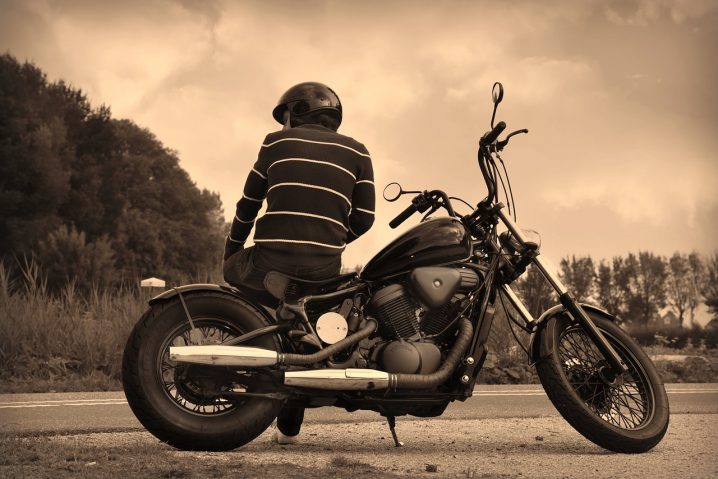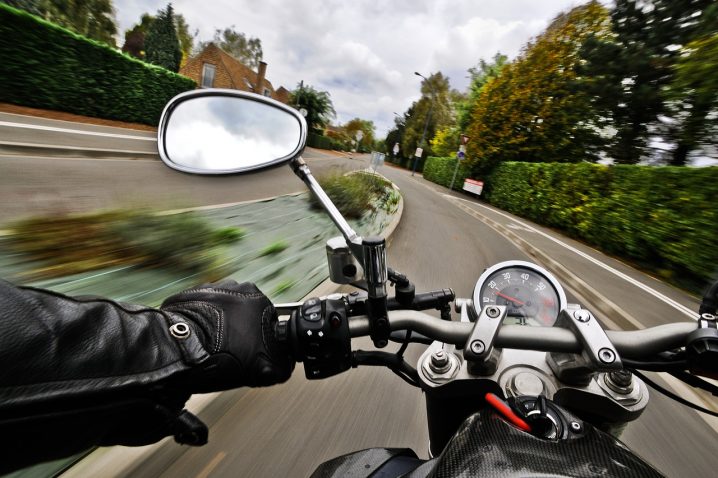Motorcycles have been an intrinsic part of modern civilization all over the world for 150 years. Prior to its invention, people had been riding horses for almost 3,000 years. When people enjoy the feeling of freedom and being one with the road on a motorcycle, they are participating in an age-old tradition of “horse-powered” travel without the unpredictability or occasional smelly mess. Considering you’ll be behind the wheel of the equivalent of at least 50 horses, it’s a good idea to have a rigorous safety protocol in place to handle all that power.

Safety starts with you.
Consider yourself the most important component of your machine, particularly because you can’t blame your bike for getting spooked by a plastic bag waving in the wind. While a bike can be replaced, you are one-of-a-kind, so make sure you’re in tip-top condition before you go out for your next ride. This includes:
- Being well-rested: studies show that sleep deprivation can have a significant impact on one’s judgment, critical thinking, and reaction time.
- Being well-hydrated and well-fed: while you might be tempted to forego food and drink to reduce the number of pit-stops you’ll make, studies show that this can impair your focus and concentration in similar fashion to substance impairment.
- Not being impaired by substances: the NHTSA conducted a review of 109 different studies about reaction time and the effects of alcohol on judgment, vigilance, and reaction times. Follow all safety precautions and warning labels on prescription medications.
- Being up-to-date corrective lens prescription: being able to see hazards is one of the most important parts of avoiding accidents. Depth perception, peripheral vision, and distance acuity are necessary components of eye health that can impact your judgment and reaction times if you aren’t able to see threats clearly.

Safety gear is critical.
Most states have some form of helmet law, yet police are constantly doling out tickets to riders who insist on feeling the wind in their hair. By now, there have been a laundry list of tests and studies by numerous groups and organizations that show DOT-approved helmets save lives.
While some people prefer novelty helmets that are more aesthetically pleasing, full-face versions like LS2 helmets provide other benefits beside head protection. Ever swallowed a June bug? Wish you had heard a fellow rider provide you with a warning about a car coming into your lane? Full-face helmets can protect your face from road debris and can also provide embedded high-tech communication systems for your safety, which can help you avoid crashes altogether.
Some people also wear padded jackets, but protecting the lower extremities is a crucial but often-overlooked safety tip. This kind of gear can include tall boots, specialized padded bike shorts, or even knee braces or knee support or stabilizers. Some people who have been in motorcycle-related accidents credit leg protection with allowing them to walk again rather than facing an amputation or permanent paralysis of a limb.
Meteorology isn’t just for your news team.
With today’s weather patterns growing increasingly unstable, another important part of bike safety is having access to real-time data while you’re on the road. Tornadoes, hail, and in-line winds can be deadly for riders caught unawares and at the right time of year, storms can sprout up from nowhere in the blink of an eye.
Apps that give you access to Doppler radar provide one of the most accurate ways to tell what kind of threats might be headed your way, just make sure this is compatible with your data plan. Even a simple rain storm can impact the safety of your ride, so bring all-weather gear and stay aware of your surroundings.
Plan ahead, take care of yourself and your bike, and don’t skimp on safety gear, and enjoy the ride!



